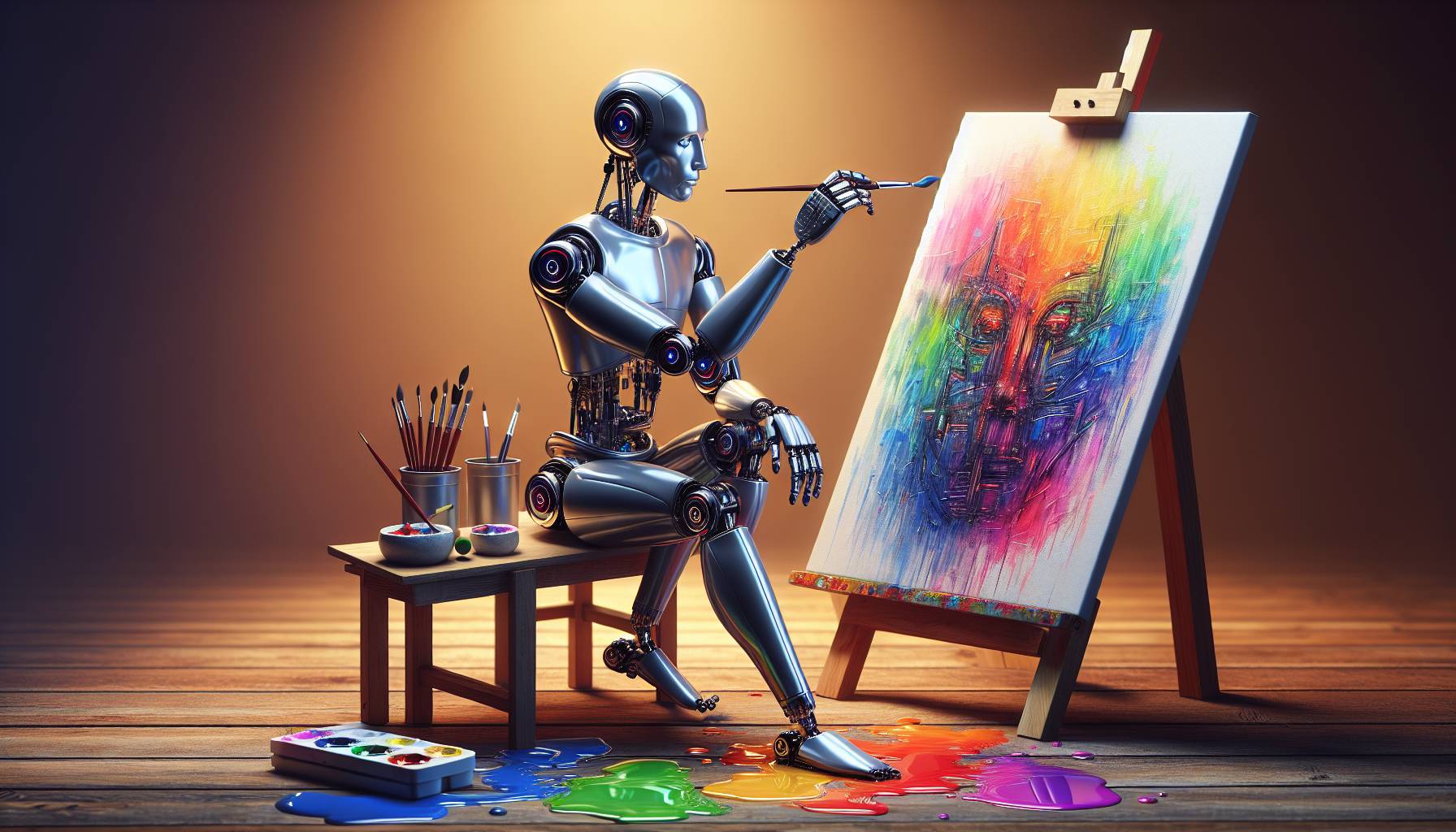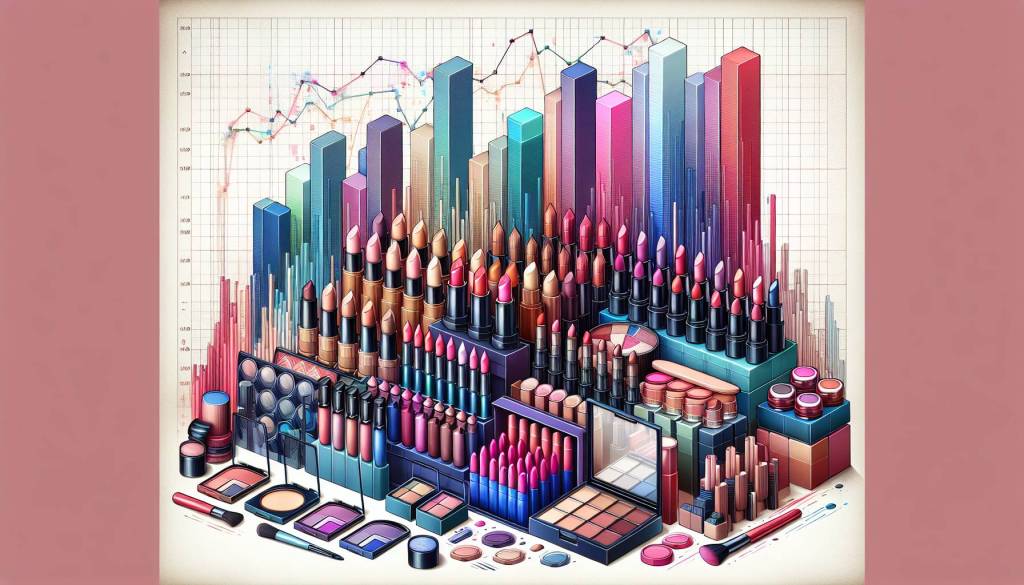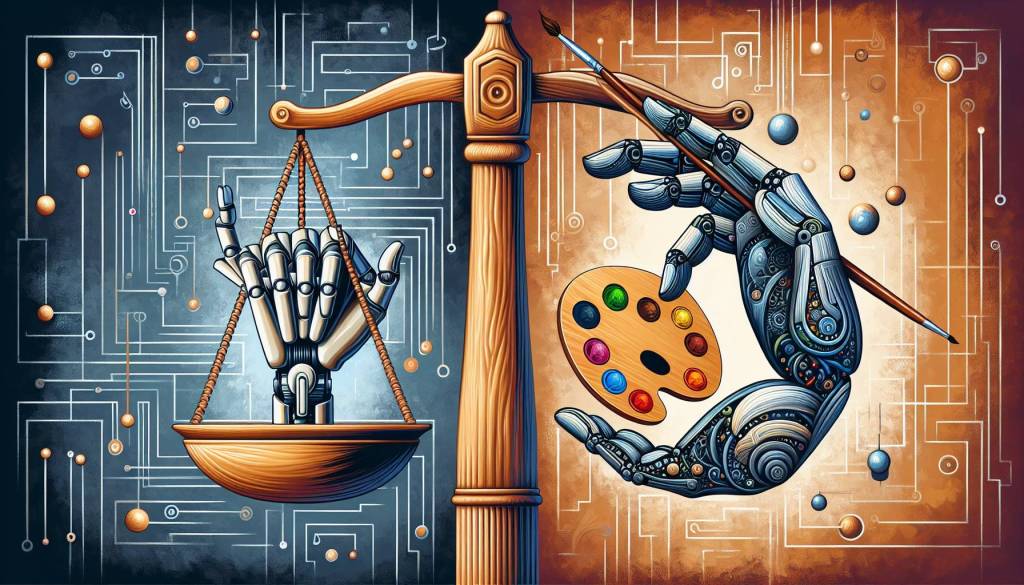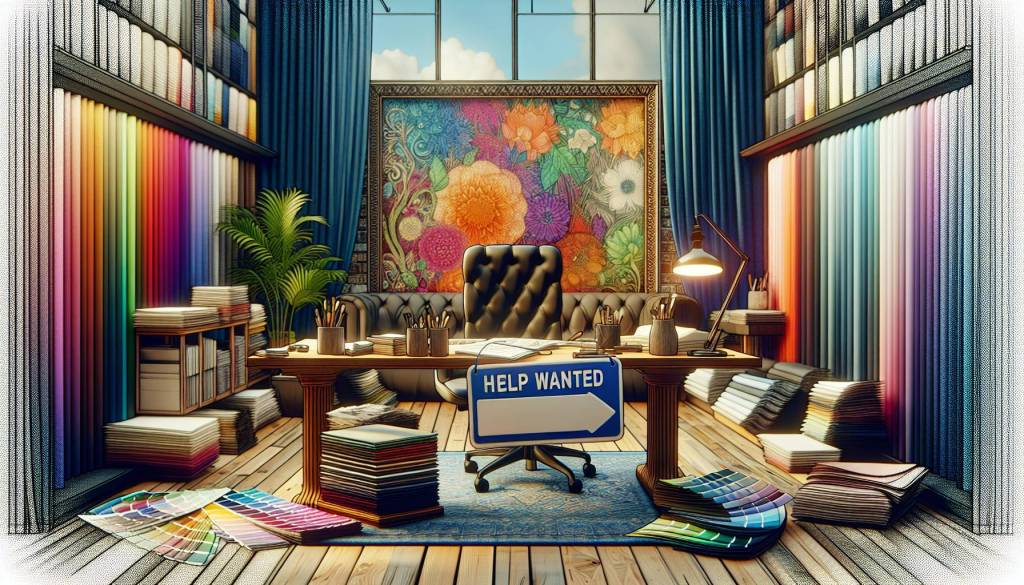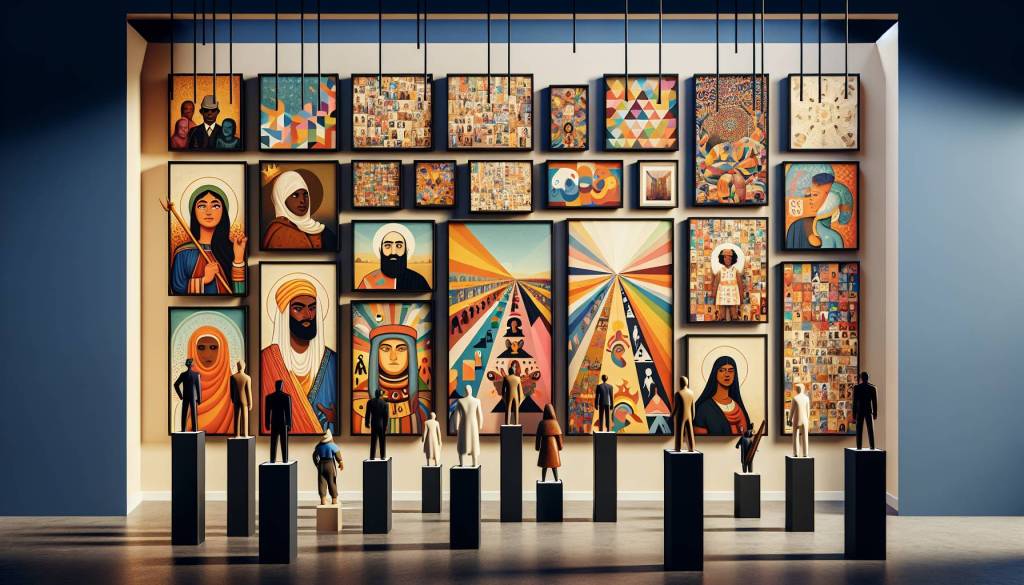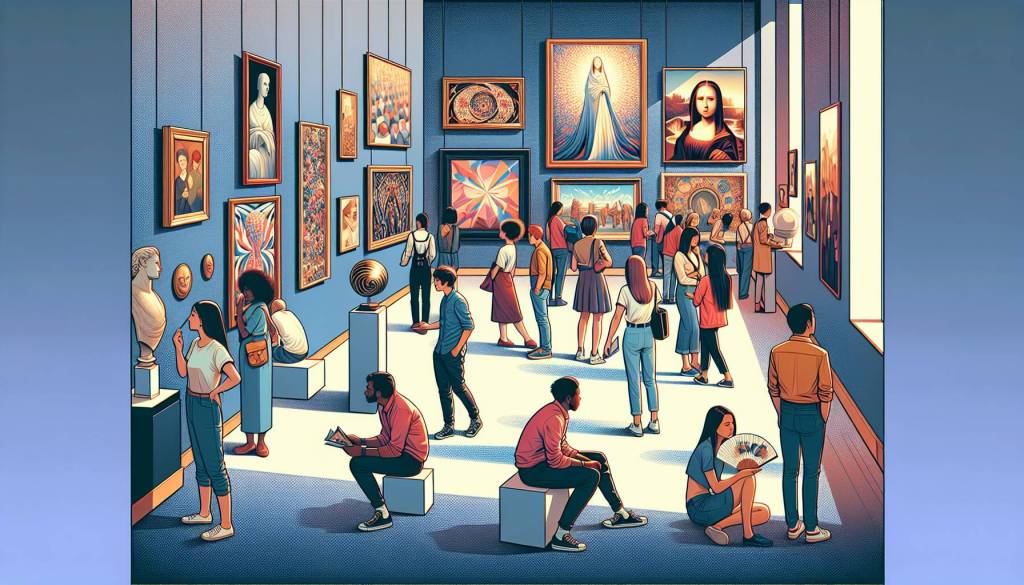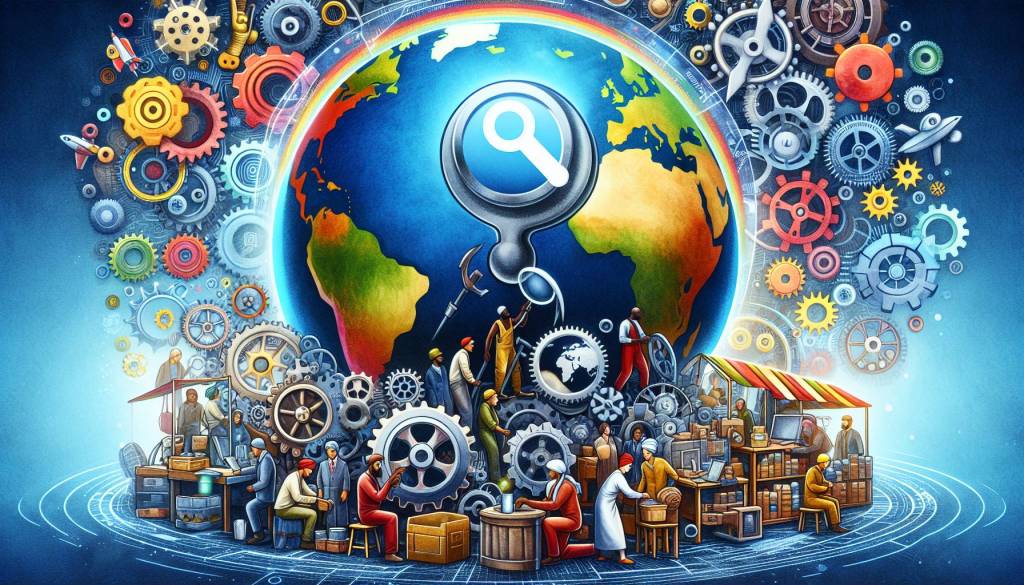In the new interview series ‘Creativity in an AI World’, professionals across varied industries explore the intriguing intersection of AI and creativity. The discussions delve deep into the intertwining of technology and artistry and dissect how AI can enhance, instead of replacing, human creativity.
The series nurtures disparate perspectives on AI’s role in the creative process. While some fear AI might stifle creative thought, others cherish the innovative spin it brings to their work. These variegated views encourage rich and insightful dialogues about the role of AI in the future of creativity.
Contributing to these discussions are prominent industry figures such as Natalie Schwartz, Head of Global Brand Marketing and Partnerships at Canva, Cam Brandow from Farfar, and Paul Woodvine, Executive Creative Director at Dragon Rouge. Their respective experiences and visions push traditional boundries and foster an enriching perspective.
The companion guide to this series delves into various contentious questions. For example, can AI overshadow the value of human connections?
Interpreting AI’s influence on artistic expression
Might AI regulations have a vital role in stimulating creativity? Or can the task-automating ability of AI liberate creative professionals for more groundbreaking projects? These critical inquiries delve into some of the most intriguing debates surrounding AI and creativity.
Toby Williams, one of the series’ speakers, champions AI’s potential for collaboration and deep thinking. He believes AI can help expedite the birth and refinement of ideas, enhancing human intelligence and not replacing it. Williams underlines that it’s this dynamic interaction between humans and AI that can reveal novel perspectives and previously unexplored approaches.
On the other hand, Paul Woodvine advocates the necessity of human involvement and warns against an overreliance on AI in the late stages of creation. He argues that a CX strategy exclusively driven by AI might result in impersonal outputs disconnected from authentic human engagement. Woodvine emphasizes the importance of striking a balance between AI’s growing role and the human touch in creative initiatives.

